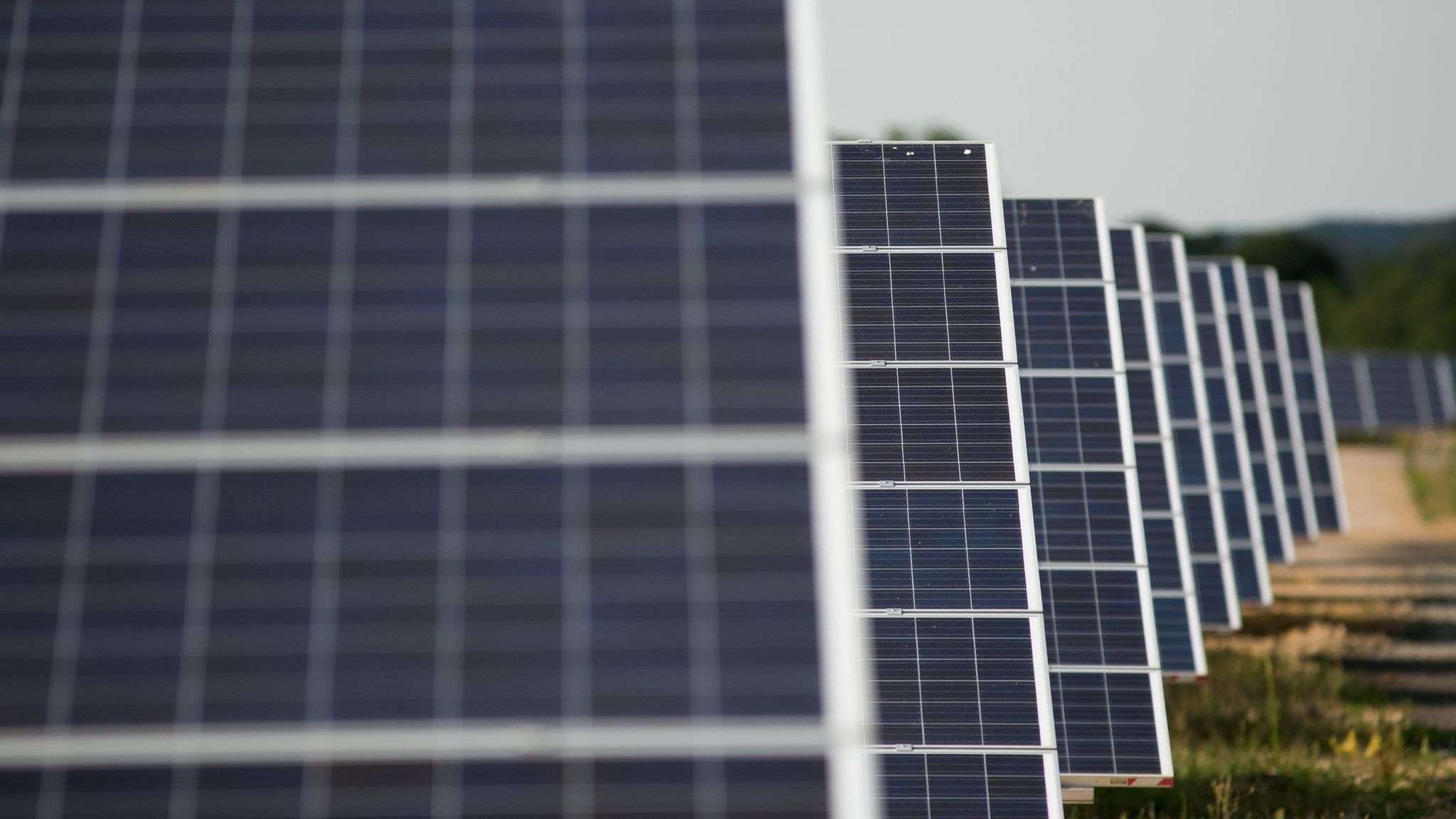The government has recently given the green light to the construction of three new solar farms, a significant step forward in the nation’s efforts to bolster renewable energy production. These projects, once completed, are expected to generate enough electricity to power approximately 400,000 homes, marking a substantial contribution to the country’s renewable energy portfolio.
This move comes as part of a broader strategy to reduce the nation’s reliance on fossil fuels and decrease carbon emissions, aligning with international commitments to combat climate change. The approval of these solar farms is a testament to the government’s commitment to sustainable energy solutions and a recognition of the critical role that renewable energy must play in the future energy mix.
The three solar farms will be strategically located to maximize their efficiency and integration into the existing power grid. These locations were chosen based on factors such as sunlight availability, proximity to infrastructure, and minimal environmental impact. By situating the farms in optimal locations, the government aims to ensure that the solar farms operate at maximum efficiency, providing a reliable and steady supply of clean energy.
The potential impact of these solar farms extends beyond mere energy production. The construction and operation of these facilities are expected to create numerous job opportunities, both in the short and long term. During the construction phase, a significant number of jobs will be created, ranging from engineering and project management to labor and logistics. Once operational, the farms will require ongoing maintenance and management, providing sustained employment opportunities in the renewable energy sector.
Moreover, the addition of these solar farms is anticipated to stimulate local economies. The influx of workers and investment during the construction phase can provide a boost to local businesses, while the long-term operation of the farms can contribute to economic stability in the regions where they are located. This economic uplift is a crucial aspect of the government’s strategy, as it seeks to ensure that the benefits of renewable energy projects are felt broadly across communities.
The environmental benefits of these solar farms cannot be overstated. By generating clean, renewable energy, the farms will significantly reduce the nation’s greenhouse gas emissions. This reduction is vital in the fight against climate change, helping to mitigate the adverse effects of global warming. Additionally, the use of solar energy helps to preserve natural resources and reduce pollution, contributing to a healthier environment for future generations.
The approval of these solar farms also sends a strong signal to the market about the government’s commitment to renewable energy. This can encourage further investment in the sector, driving innovation and technological advancements. As more investors and companies see the potential for growth in renewable energy, it is likely that more projects will be proposed and developed, accelerating the transition to a sustainable energy future.
In conclusion, the government’s approval of three new solar farms represents a significant milestone in the nation’s journey towards a greener, more sustainable energy system. By generating enough electricity to power 400,000 homes, these solar farms will play a crucial role in reducing carbon emissions, creating jobs, and stimulating local economies. This move underscores the government’s dedication to renewable energy and sets a positive example for future initiatives in the sector.






































